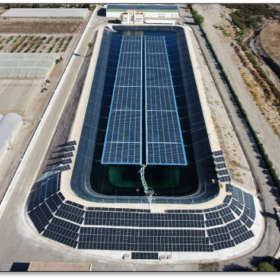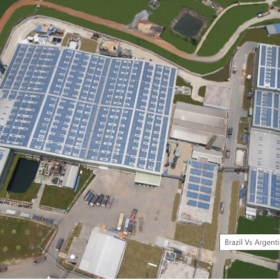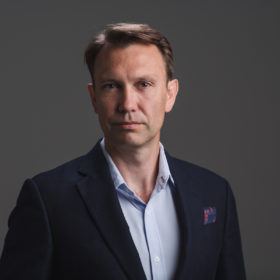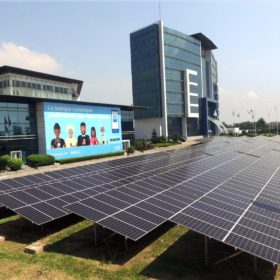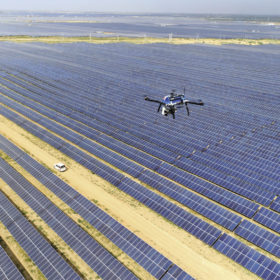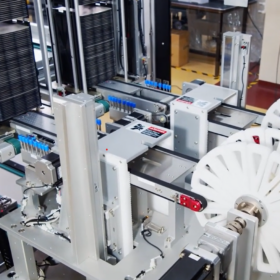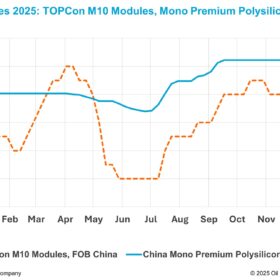How Indian businesses are growing with ESG
Today, following the ESG (environmental, social and governance) mandate is more than just ticking off a box in the compliance checklist. It is taking ownership of the consequences of the businesses and working towards creating a positive impact by partnering with the right groups.
COP27 was a crucial step forward for hydrogen – here’s why
Three import deals signed by the EU at Sharm El Sheikh during this month’s COP27 summit show the European Union is serious about harnessing green hydrogen for its heavy industry, and about distributing the fruits of the energy transition on an equitable basis.
Floating PV for water pumping, desalination
An irrigation community has built a 786 kW floating solar array on a small water reservoir in Murcia, Spain. The facility will provide power for a solar water pumping system, a desalination unit, and the community itself.
Catalyzing energy transition in rural MSMEs through rooftop solar
Solutions for catalyzing rooftop solar in the rural commercial and industrial market have to be looked at in terms of geographic clusters. This allows for the aggregation of demand, making it easy to run awareness campaigns in a targeted manner.
Mobilizing green finance for Indian MSMEs
In the absence of immediate viable financial solutions, MEMEs (micro, small and medium enterprises) need government intervention to get sustainable debt at a reasonable rate. A way forward could be a green finance platform for MSMEs.
Is hydrogen about to have its solar moment?
As Longi and other solar manufacturers kick off massive growth in hydrogen generation capacity, expect large price decreases resulting from steep learning curves, echoing the rapid advances experienced by the solar power industry since the 1970s.
Hydrogen, carbon prices and electricity markets
The hydrogen economy, particularly green hydrogen, has a long growth path ahead.
Tipping point for African C&I solar
With installers who cater to African businesses making the headlines this year, Jasper Graf von Hardenberg – whose C&I solar business was recently bought by Shell – explains here how the story of the continent’s commercial and industrial (C&I) solar segment was far from an overnight success.
Addressing challenging terrains; optimizing production
Faced with undulating terrains, solar PV companies are leveraging modern technologies to achieve terrain flexibility across challenging sites to deliver unmatched efficiency improvement and bring production gains to solar projects.
Automating maintenance for solar power plants
Robotics is evolving to ease the maintenance of solar power plants. From drones combined with thermal imaging to the robotic cleaning crew for large-scale solar PV plants, automation and robotics are constantly evolving for the cleaning and maintenance of PV plants.


